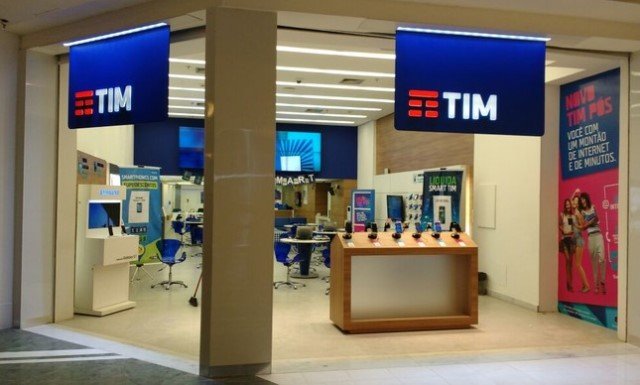Telecom Italia (TIM), one of Italy’s leading telecommunications companies, has announced its financial results for the second quarter of 2023, showing positive growth across various business segments.
 Group’s Total Revenues Increase: The Group’s total revenues for Q2 2023 reached 4.0 billion euros, indicating a significant increase of 2.8 percent. This growth reflects the company’s efforts to expand its offerings and improve its market presence.
Group’s Total Revenues Increase: The Group’s total revenues for Q2 2023 reached 4.0 billion euros, indicating a significant increase of 2.8 percent. This growth reflects the company’s efforts to expand its offerings and improve its market presence.
Domestic Business Shows Promising Growth: In a noteworthy achievement, TIM’s Domestic Business witnessed its first growth in 20 quarters, with total revenues rising by 0.6 percent to 2.9 billion euros. Service revenues also showed signs of stabilization, with a marginal difference of -0.9 percent. Fixed service revenues remained stable, growing by 0.2 percent.
EBITDA Stabilizes: After 21 quarters, TIM’s EBITDA trend stabilized, recording a growth of 0.5 percent, amounting to 1.1 billion euros. This indicates improved operational efficiency and cost management strategies.
Strong Performance of TIM Brasil: TIM’s operations in Brazil, known as TIM Brasil, reported impressive results in the second quarter of 2023. Service revenues increased by a significant 9.5 percent to 1.1 billion euros, while EBITDA net of non-recurring components saw a remarkable surge of 17.3 percent, reaching 0.5 billion euros. The growth was attributed to price increases in post-paid plans and an increase in customers migrating to fiber services.
Capex (Capital expenditure) of TIM fell 8.4 percent to 892 million euros during April-June 2023.
Update on the Four Entities:
TIM Consumer: While total revenues and service revenues were down by 5.6 percent and 4.9 percent, respectively, in the quarter, there were signs of improvement compared to previous quarters. The company’s “Volume-to-Value” strategy, coupled with repositioning TIM as a premium brand, led to selective price increases for existing fixed and mobile customers. This strategy is expected to generate revenue benefits of approximately 70 million euros in the year. Additionally, mobile line losses dropped significantly, thanks to higher activations and reduced terminations.
TIM Enterprise: This segment experienced a slight growth in total revenues and service revenues, up by 1.1 percent and 2.3 percent, respectively. However, the growth was slightly below that of the first quarter, primarily due to reduced connectivity volumes in traditional telephony.
NetCo: Revenues and service revenues for NetCo grew by 7.8 percent and 2.2 percent, respectively. This growth was attributed to a better mix of technologies, transitioning from copper to fiber, and the approval of new 2023 regulated prices by the Italian Communications Authority (AGCom). This marked a reversal of the trend of tariff reductions observed over the last ten years. Additionally, the roll-out of fiber is progressing well, with 48 percent coverage target of technical units expected to be achieved by 2025.
TIM’s CEO Pietro Labriola expressed satisfaction with the positive results and emphasized the company’s commitment to further enhancing its services and expanding its fiber network to meet the growing demands of its customers. The financial achievements demonstrate TIM’s determination to remain competitive in the telecommunications market.
